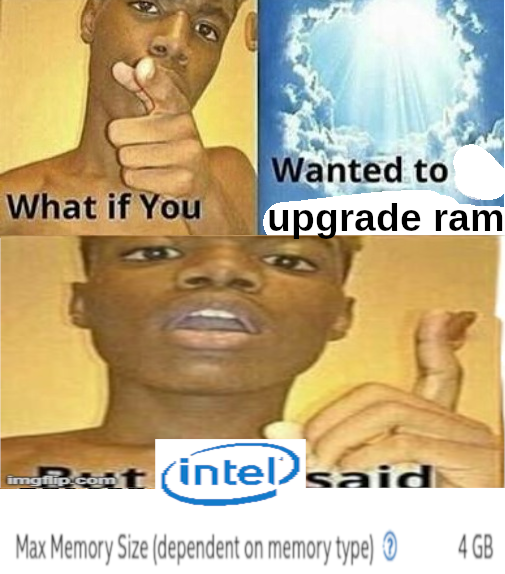It's not absolutely shit, it's a Thinkpad t440s with an i7 and 8gigs of RAM and a completely broken trackpad that I ordered to use as a PC when my desktop wasn't working in 2018. Started with a bare server OS then quickly realized the value of virtualization and deployed Proxmox on it in 2019. Have been using it as a modest little server ever since. But I realize it's now 10 years old. And it might be my server for another 5 years, or more if it can manage it.
In the host OS I tweaked some value to ensure the battery never charges over 80%. And while I don't know exactly how much electricity it consumes on idle, I believe it's not too much. Works great for what I want. The most significant issue is some error message that I can't remember the text of that would pop up, I think related to the NIC. I guess Linux and the NIC in this laptop have/had some kind of mutual misunderstanding.
